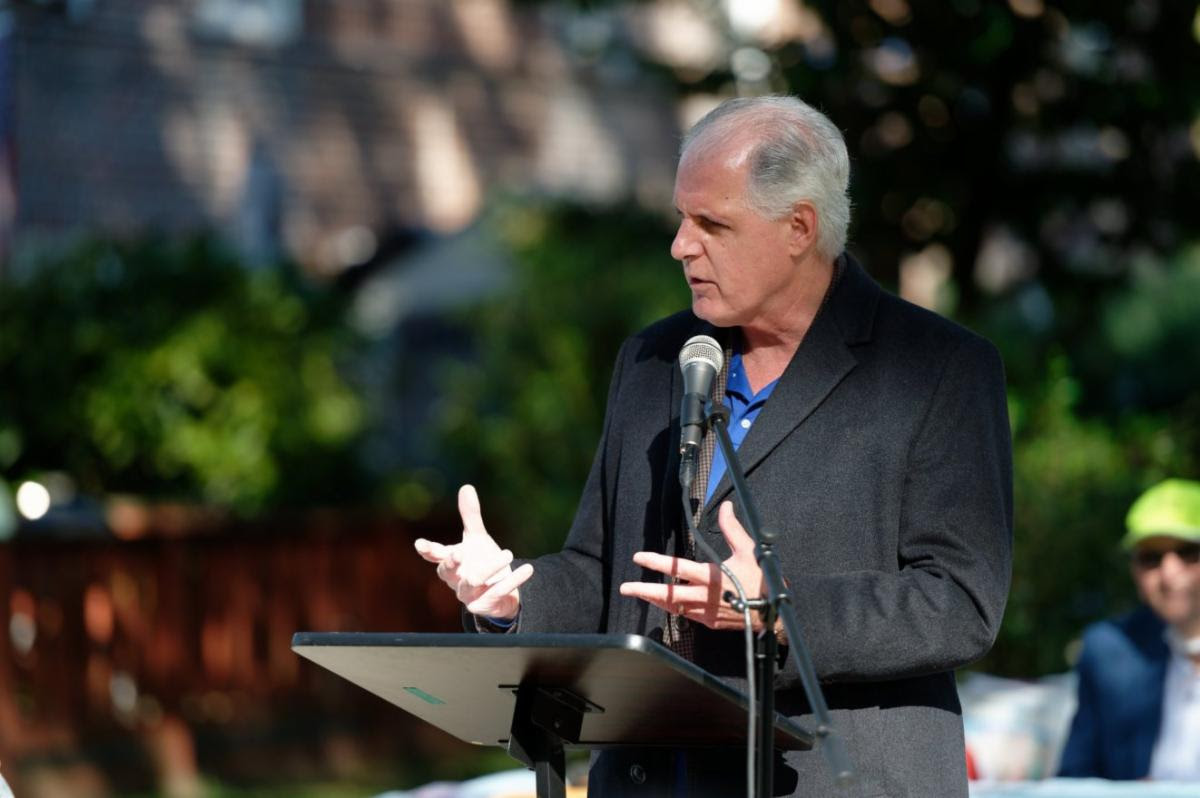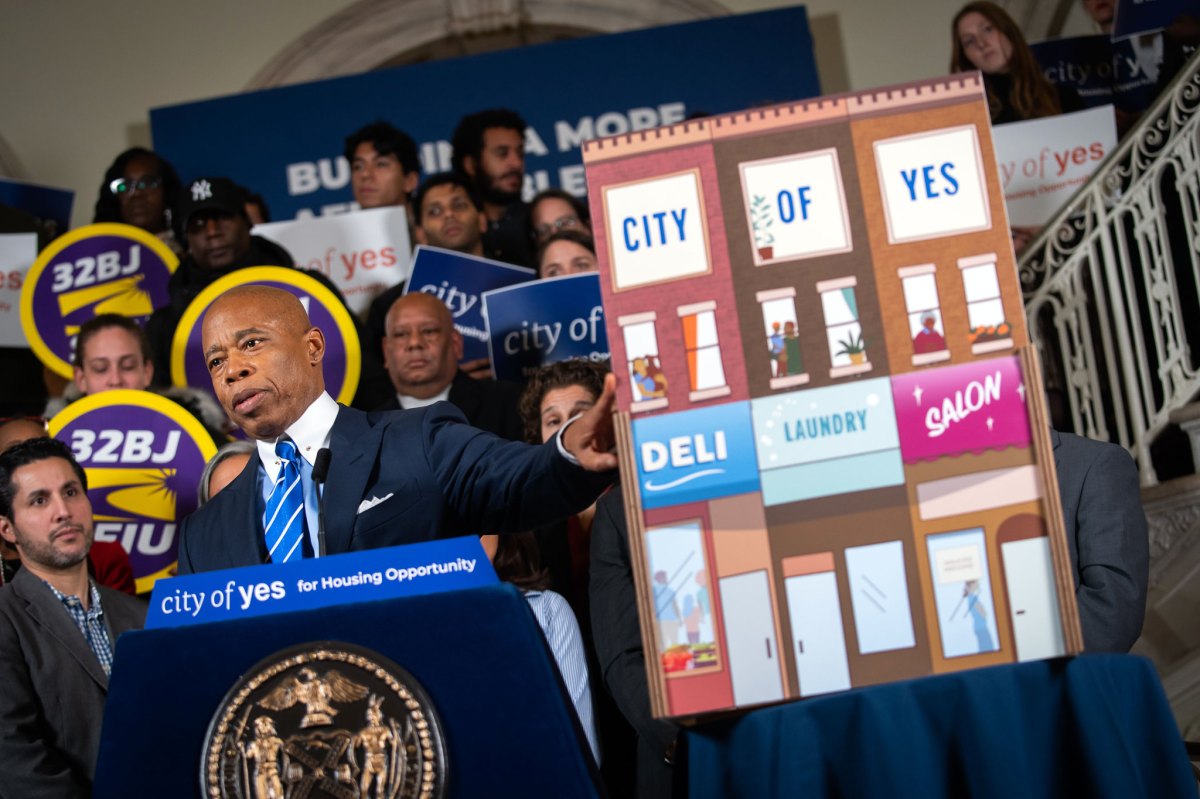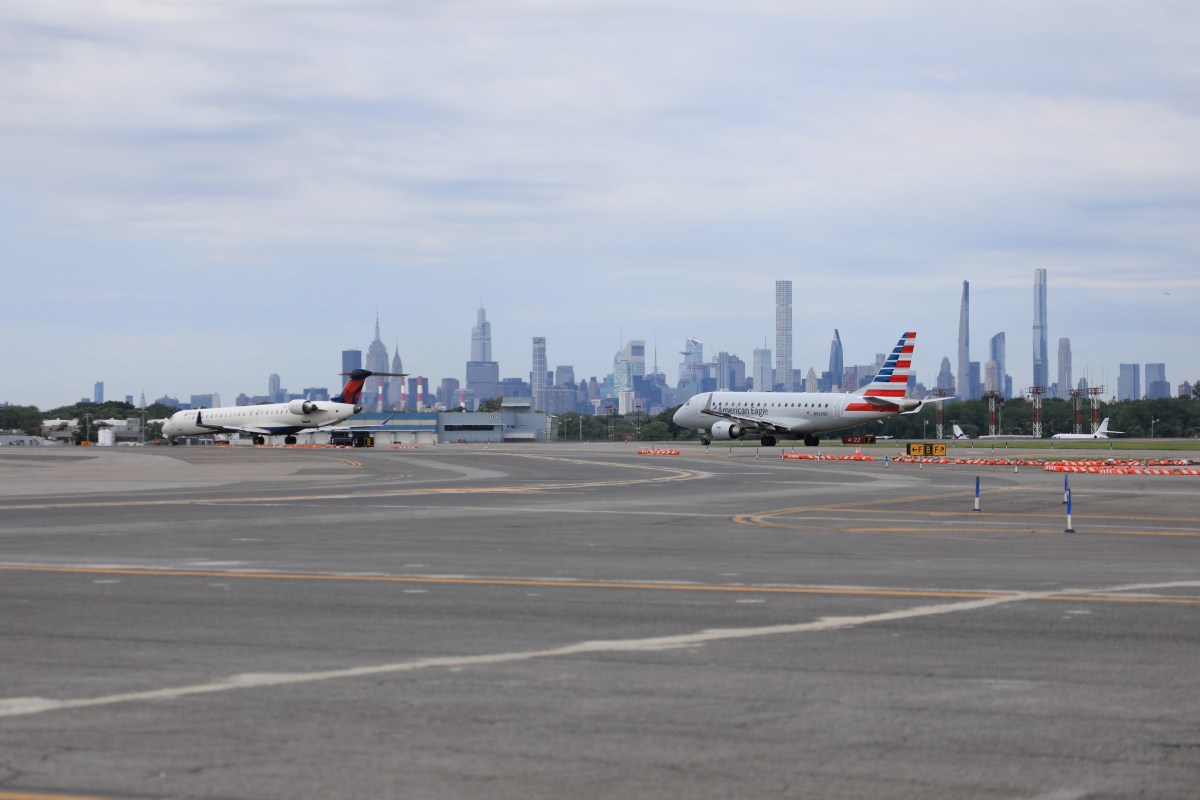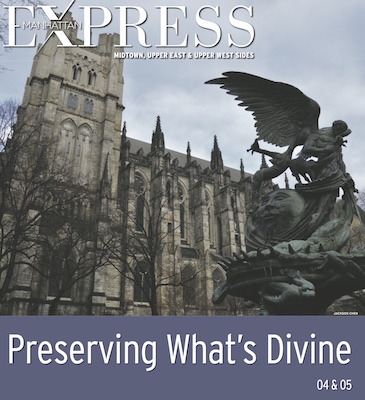
BY JACKSON CHEN | Located just outside the proposed Morningside Heights Historic District, the Cathedral Church of St. John the Divine was also up for a public hearing on landmark designation on December 6.
The cathedral complex at 1047 Amsterdam Avenue at West 112th Street totals seven buildings, including the cathedral itself and the buildings that make up the Cathedral Close — the Leake and Watts Orphan Asylum, St. Faith’s House, the Choir School, Synod House, the Deanery, and the Bishops House. The cathedral is known as one of the largest churches in the world and serves as the seat of the Episcopal Diocese of New York.
With construction of some of the complex’s buildings dating back to 1838 and the cathedral itself begun in 1892, its massive edifice, like many Medieval churches in Europe, is technically not complete, though according to St. John’s, today “funding is directed to prioritize serving the community through our programming and social initiatives, and to maintaining the architectural integrity of the Cathedral.”
St. John the Divine Now on Board for Historic Preservation
The complex has undergone three rounds of landmarking public hearings, in 1966, 1979, and 2002, with the LPC issuing a designation in June 2003 — one ultimately overturned by the City Council. In the wake of that reversal, the cathedral’s trustees approved two condominium developments to generate revenue to strengthen the church’s financial situation.
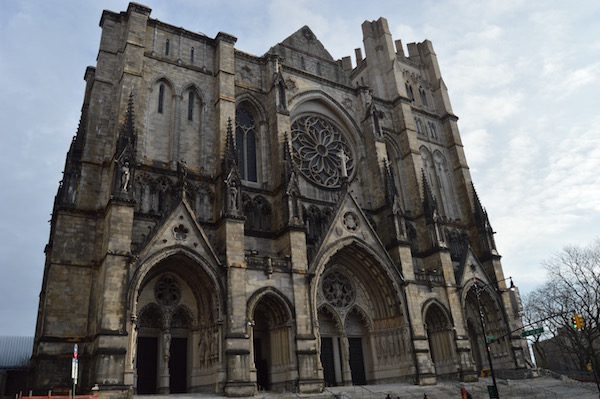
More than a decade later, the LPC is taking another crack at landmark designation for the complex, and this time the cathedral’s leadership is joining preservation advocates in support.
“The trustees of the Cathedral of St. John the Divine now embrace the proposed landmarks designation of the Cathedral Church and the Cathedral Close,” the cathedral’s dean, Reverend James Kowalski, said, “recognizing it as the next step in celebrating and providing ongoing stewardship of the cathedral’s great architectural legacy, its impactful history, and its continuing evolution as a religious institution.”
The proposed landmarking also received support from City Councilmember Mark Levine, the New York Landmarks Conservancy, the Morningside Heights Historic District Committee, and the Historic Districts Council.
“Just like its European predecessors, which often took hundreds of years to build, this cathedral has entered its third century unfinished,” HDC’s director of advocacy Kelly Carroll said. “It’s comforting knowing future work will benefit from LPC’s oversight and be spared any more aesthetic erosion.”
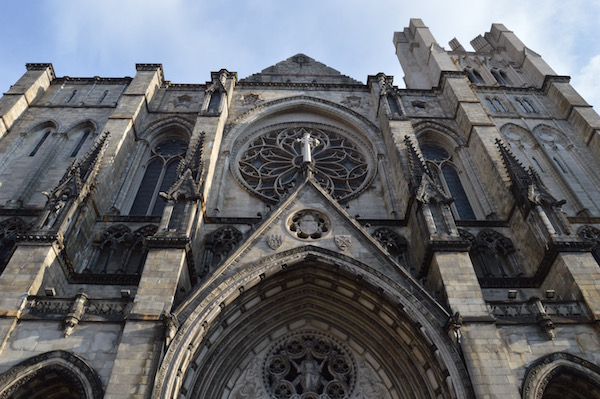
HDC, however, pointed to the two condominium developments approved over the past decade — which the group considers out-of-scale, clashing in exterior materials, and too close to the cathedral — advanced within the St. John’s campus while repairs, not to mention construction completion, lagged.
Despite the developments that have popped up on the cathedral campus, Meenakshi Srinivasan, the LPC chair, said the focus should be on the future.
“Together, I think we can all move forward, we can lament about what happened in the past, but there is still no doubt in my mind that the complex, the close, and the cathedral are very important to the city,” Srinivasan said.
The LPC hopes to bring the cathedral’s designation to a vote early next year.




